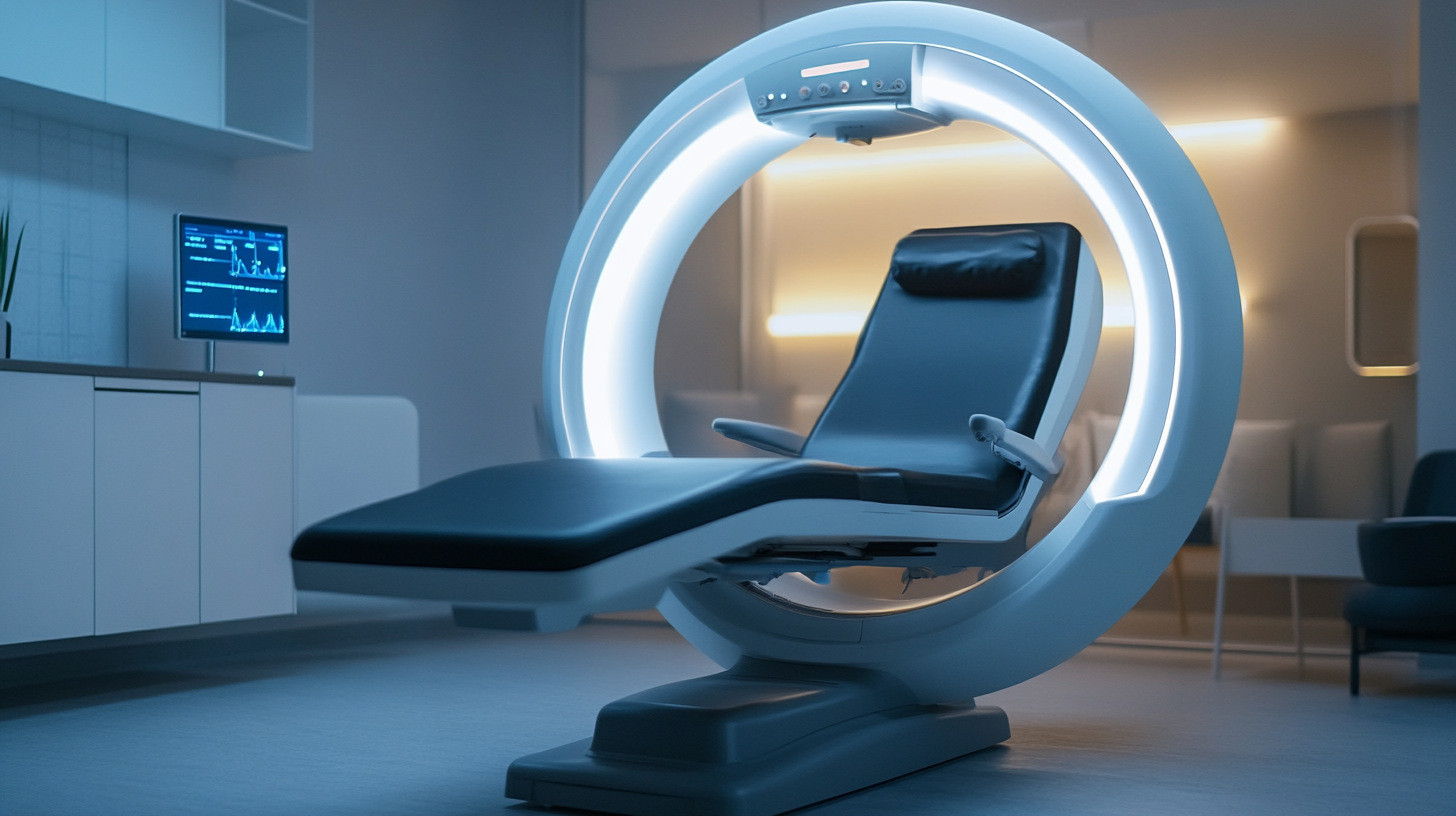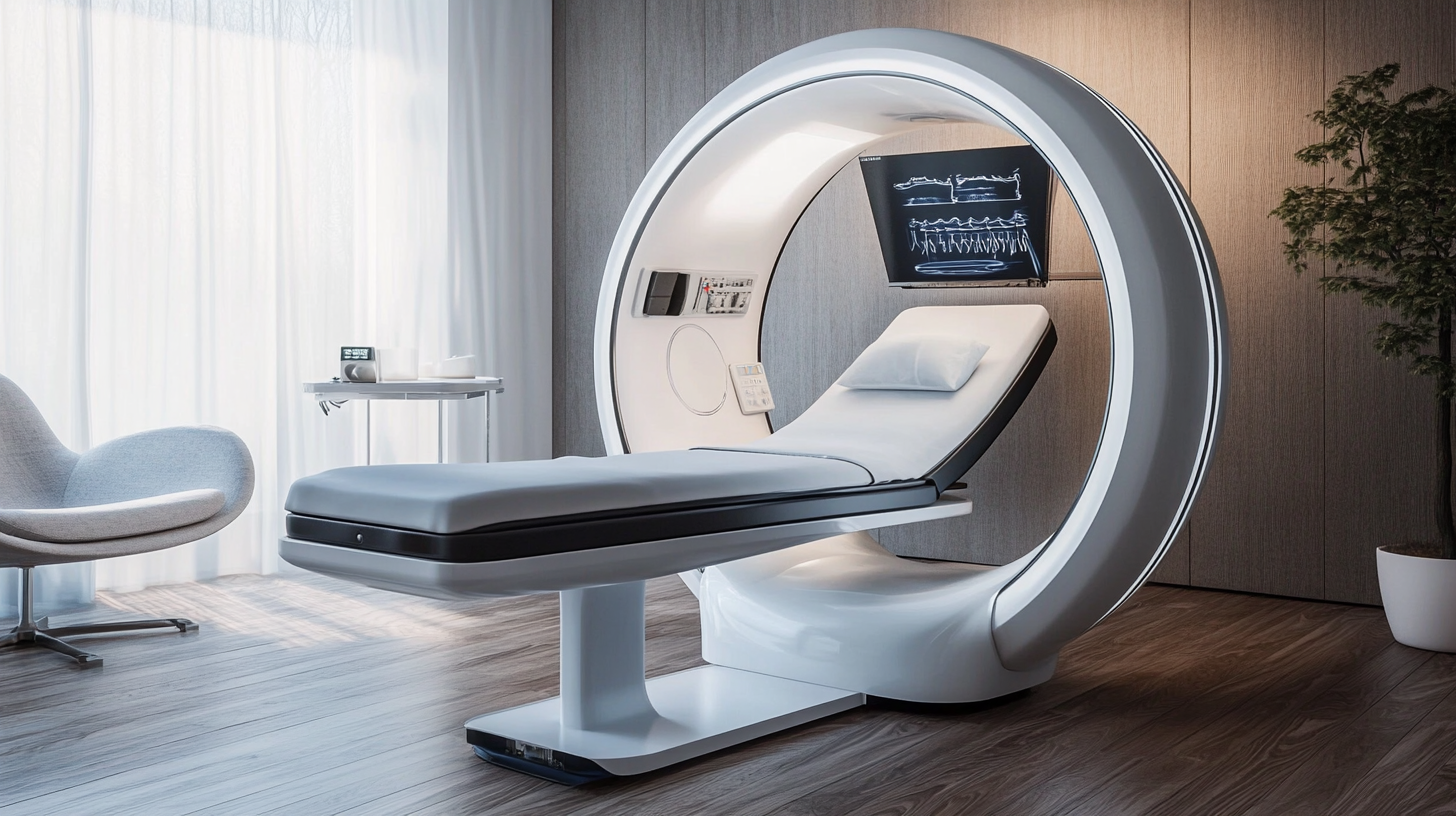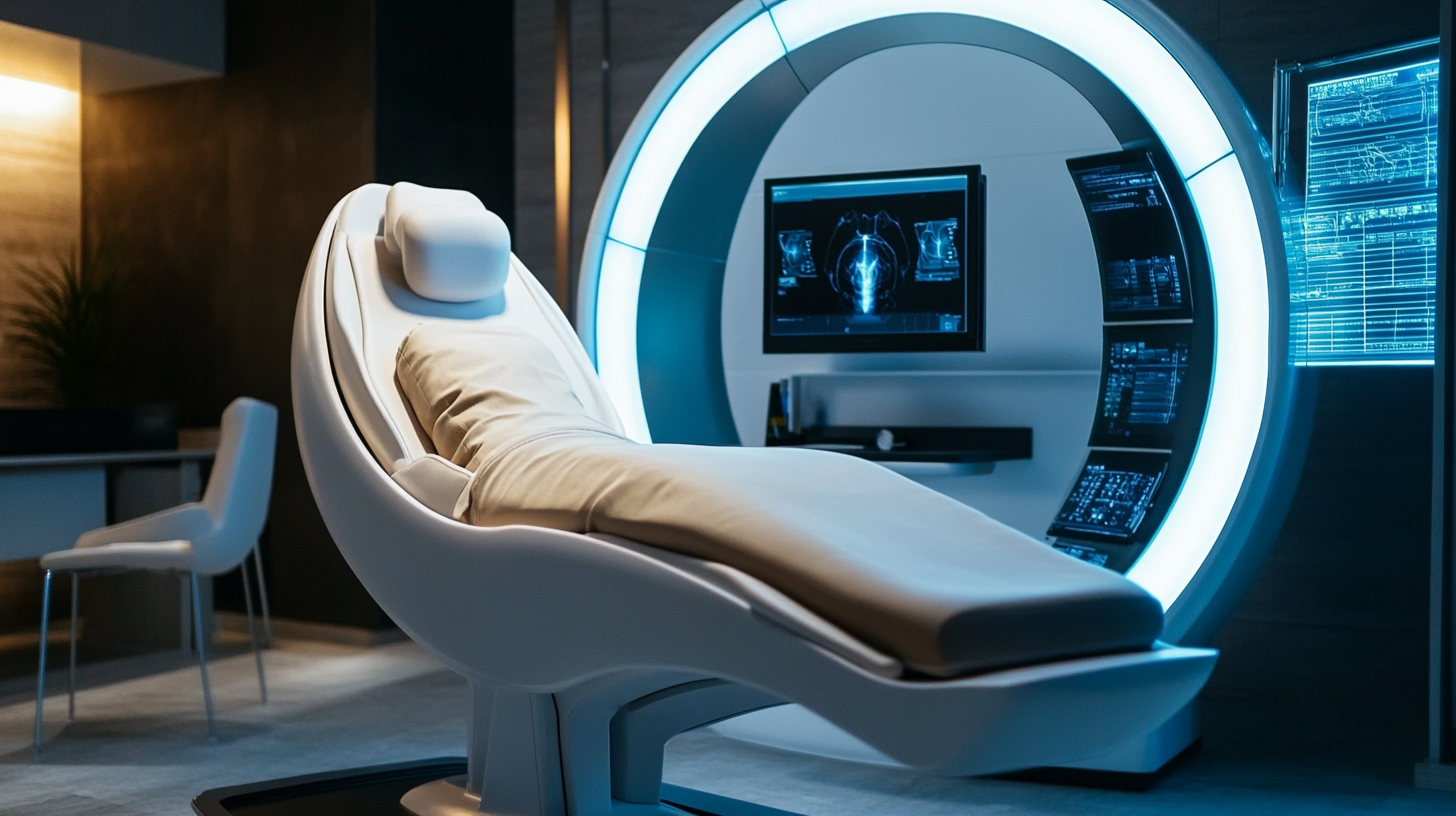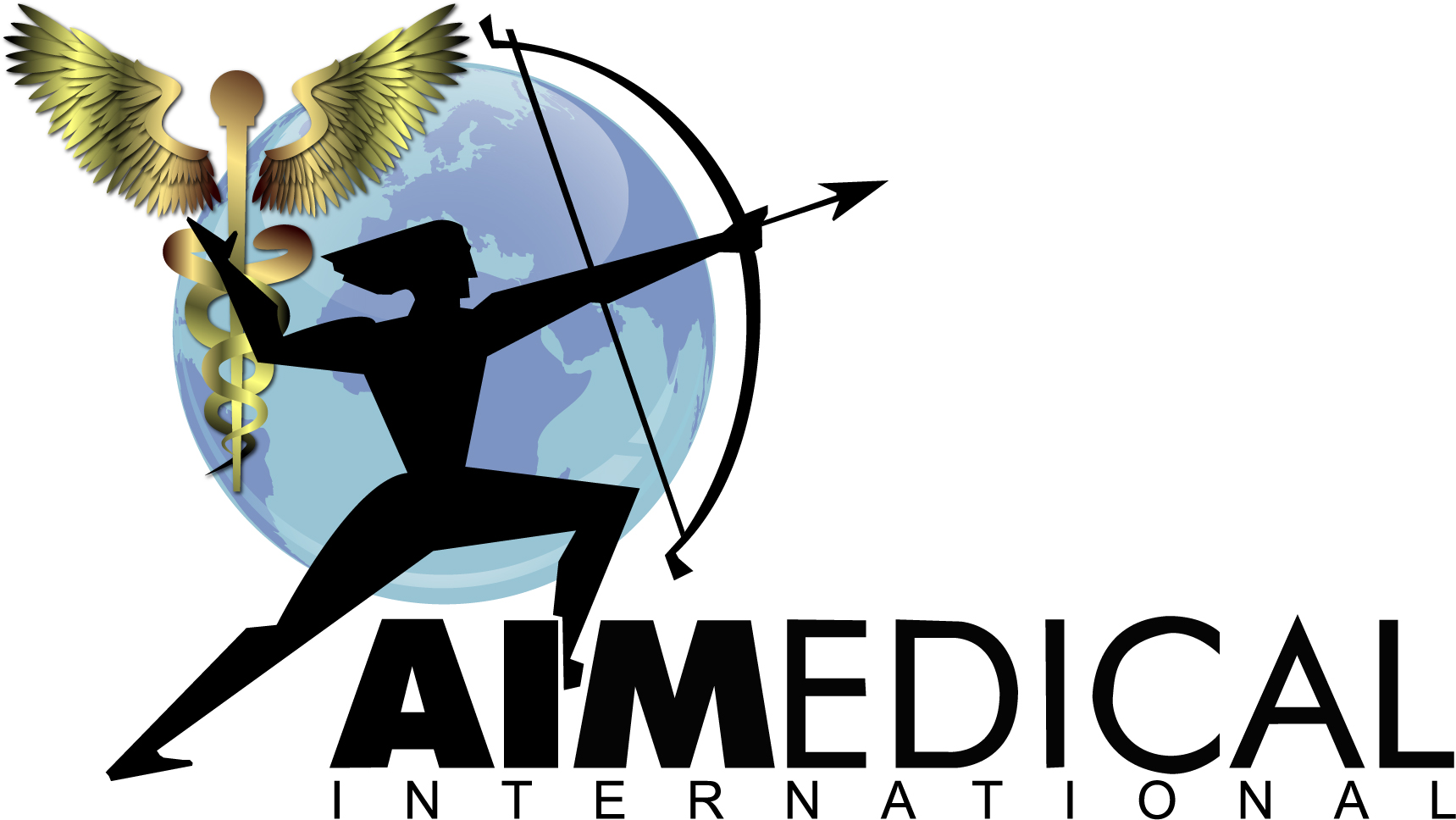2025 Trends in Magnetic Stimulation Technology: How To Choose the Best Machine for Your Needs
As the healthcare and wellness industries continue to evolve, the demand for effective and non-invasive treatments has led to significant advancements in Magnetic Stimulation Machines. According to a recent report by the Global Magnetic Stimulation Devices Market, the sector is expected to grow at a CAGR of 10% from 2022 to 2025, illustrating the increasing reliance on these innovative technologies. Choosing the right magnetic stimulation equipment not only influences treatment outcomes but also impacts overall operational efficiency and patient satisfaction. Moreover, considerations around after-sales support and maintenance costs are critical in this decision-making process, as they play a substantial role in determining the longevity and reliability of the device. This blog will explore key trends in magnetic stimulation technology for 2025, offering insights into optimal machine selection tailored to individual needs, supported by real-world examples and case studies.

Understanding the Basics of Magnetic Stimulation Technology in 2025
Magnetic stimulation technology has gained significant traction over the years, and understanding its fundamentals is crucial for anyone considering its application in 2025. At its core, magnetic stimulation involves the use of magnetic fields to influence neuronal activity, which has potential therapeutic benefits for conditions such as depression, anxiety, and chronic pain. This non-invasive approach offers an exciting alternative to traditional treatment methods, highlighting its growing importance in medical and wellness practices.

As we look ahead, the technology surrounding magnetic stimulation is expected to evolve, leading to more sophisticated machines that cater to various user needs. Key considerations will include the strength and frequency of the magnetic fields, ease of use, and the machine's ability to integrate with other therapeutic modalities. By familiarizing yourself with these essential aspects, you'll be better equipped to choose the right device that aligns with your objectives and lifestyle, thus maximizing the benefits of this innovative treatment.
Key Factors to Consider When Choosing a Magnetic Stimulation Machine
When selecting a magnetic stimulation machine, there are several key factors to consider to ensure it meets your specific needs. First and foremost, the machine's intensity settings play a crucial role. A study published in the Journal of Neural Engineering reveals that higher frequency and intensity levels can lead to more substantial therapeutic outcomes, particularly in pain management and rehabilitation. Therefore, evaluating the range of intensity settings available is essential.
Another critical aspect is the machine's versatility and adaptability. The latest report from the International Society for Magnetic Stimulation indicates that devices with multiple treatment modes allow for tailored therapy, maximizing patient comfort and efficacy. Look for machines that can accommodate various applications, from muscle stimulation to neurological conditions.
**Tips:** When choosing a device, also consider the ease of use and the availability of customer support. This will ensure you can operate the machine effectively and resolve any issues promptly. Additionally, check for machines that adhere to industry standards and regulations, as this enhances safety and reliability.
2025 Trends in Magnetic Stimulation Technology: Key Factors to Consider When Choosing a Machine
| Feature | Description | Importance | Price Range |
|---|---|---|---|
| Magnetic Field Strength | Measured in Tesla, this indicates the potency of the stimulation. | High | $10,000 - $60,000 |
| Treatment Frequency | Number of sessions recommended per week. | Medium | $1,000 - $5,000 per session |
| Ease of Use | User interface and how intuitive the operation is for practitioners. | High | N/A |
| Portability | Weight and design for ease of transport and storage. | Medium | Varies by model |
| Safety Features | Includes emergency stop buttons and safety protocols. | High | N/A |
| Warranty | Duration and coverage of service after purchase. | Medium | N/A |
Top Magnetic Stimulation Machines of 2025: Features and Benefits
As we advance into 2025, the landscape of magnetic stimulation technology continues to evolve, offering remarkable options for both healthcare professionals and patients. According to a report by ResearchAndMarkets, the global magnetic stimulation market is expected to reach $1.45 billion by 2025, reflecting a compound annual growth rate (CAGR) of 12.3% from 2020. This growth is driven by advancements in machine features, such as improved precision and multifaceted treatment protocols, catering to a broader range of conditions like depression, chronic pain, and neurological disorders.
When selecting the best magnetic stimulation machine for your needs, key features to consider include treatment modes, magnetic field strengths, and patient comfort. Machines equipped with customizable pulse patterns, like the Neuronetics' NeuroStar, offer greater versatility in treatment approaches. Studies indicate that personalized stimulation can enhance patient outcomes, with a reported 60% improvement in response rates compared to standard protocols. Additionally, user-friendly interfaces and enhanced portability make modern devices like the PulseTM Series a popular choice for practitioners, allowing for seamless integration into various treatment environments. As technology progresses, making an informed choice based on these features can significantly impact therapy effectiveness and patient satisfaction.
Comparing Digital Versus Traditional Magnetic Stimulation Devices
When it comes to magnetic stimulation technology, understanding the differences between digital and traditional devices is crucial for selecting the right system for your needs. Digital magnetic stimulation devices have rapidly evolved, offering capabilities such as enhanced precision and user-friendly interfaces that cater to a wider range of therapeutic applications. These advanced systems often come with connectivity features that allow users to track progress and customize treatment plans in real time, making them an appealing choice for both clinicians and patients.
In contrast, traditional magnetic stimulation devices maintain their presence in the market due to their proven effectiveness and straightforward operation. Many practitioners value these devices for their robustness and familiarity, as they have been utilized in various therapeutic settings for years. However, their lack of modern technology features may be a drawback for those seeking a more interactive and data-driven approach to treatment. As the landscape of magnetic stimulation continues to evolve, it’s essential to weigh these factors carefully to select a device that not only meets therapeutic goals but also aligns with personal comfort and technological preference.
Future Trends: Innovations Shaping Magnetic Stimulation Technology in 2025
As we look toward 2025, the landscape of magnetic stimulation technology is poised for revolutionary changes that will significantly enhance therapeutic options. Innovations are emerging that not only improve the efficacy of treatments but also broaden their accessibility. Advanced devices now incorporate artificial intelligence and machine learning algorithms, enabling personalized treatment plans based on real-time data and patient feedback. This shift toward smart technology will make magnetic stimulation more adaptable, ensuring that practitioners can tailor therapies to meet individual needs effectively.

Moreover, the integration of portability in magnetic stimulation machines is set to change the game for both practitioners and patients. Compact, easy-to-use devices will allow for at-home treatment options, fostering greater patient engagement and compliance. This democratization of technology means that more individuals can benefit from the therapeutic effects of magnetic stimulation, addressing a wider range of conditions beyond the clinic setting. As these trends emerge, healthcare providers must stay informed to select the best machines aligned with evolving standards and patient preferences, paving the way for more effective and accessible treatment modalities in the near future.
